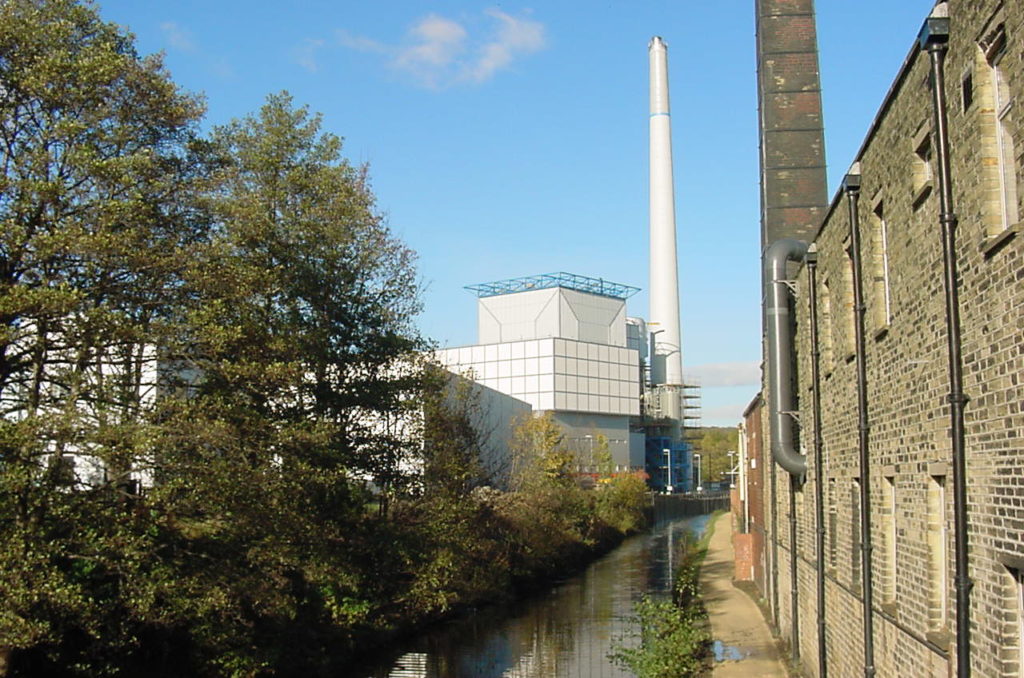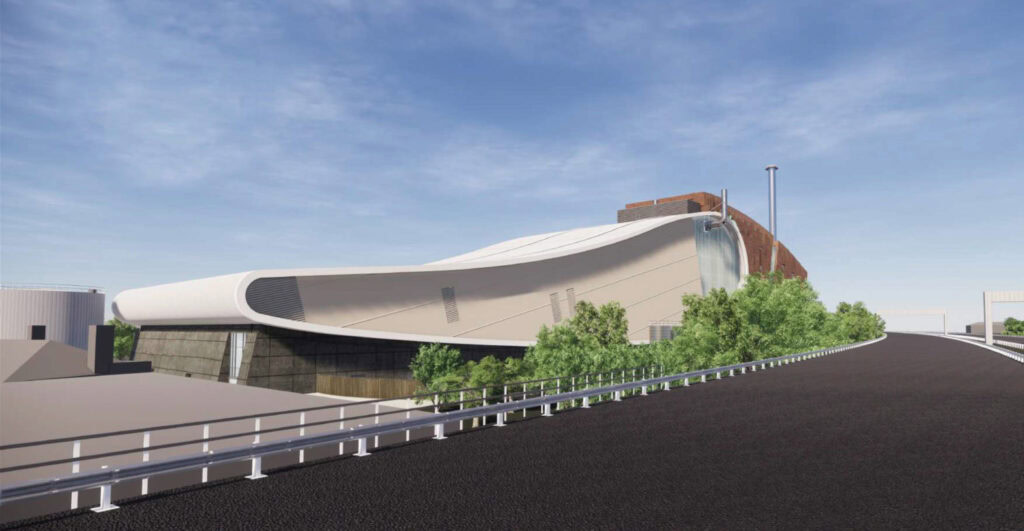The report published today (22 May) a report entitled ‘Carbon capture from energy-from-waste (EfW): A low-hanging fruit for carbon capture and storage (CCS) deployment in the UK?’
It also revealed energy from waste (EfW) facilities account for 3.5% of the UK’s greenhouse gas emissions.
Starting in 2028, the UK’s emissions trading scheme (UK-ETS) will include waste combustion and EfW facilities.
Research
The report has highlighted that this move increases the “urgency” for the EfW sector to adopt CCS, which can capture and store carbon emissions, including the biogenic carbon from organic waste.
It has said that the government aims to deploy 5 to 6 million tonnes per annum (Mtpa) of engineered greenhouse gas removals (GGRs) by 2030, 23 Mtpa by 2035, and up to 60 Mtpa by 2050.
The report shows EfW and CCS could play a “significant role” in these efforts. The study estimates that the UK’s EfW sector could capture 5-8 Mtpa of CO2, aligning with the 2030 targets and contributing substantially to the 2035 and 2050 goals.
Moreover, the economic analysis suggests that CCS retrofits, while costly, could be financially viable. By avoiding carbon compliance costs, generating revenue from zero-carbon energy sales, and monetising negative emissions in carbon markets, the report highlights that the benefits can outweigh the expenses. enfinium, a UK EfW operator, has proposed a £200 million investment in carbon capture technology.
The Oxford study also highlights that the technical feasibility of installing CCS at UK EfW facilities is “promising”. Around 60-65% of the existing 57 facilities, which account for 74-78% of the sector’s CO2 emissions, have the necessary capacity and space for CCS retrofit.
Challenges
However, it reveals that transporting captured CO2 to storage sites is a challenge. It shows that while pipelines are the most cost-effective and low-emission method, they require investment and regulatory approval. It also shows that non-pipeline transport options, such as rail and ship, may be viable alternatives, especially for facilities located away from industrial clusters.
Additionally, the ongoing development of 17 new EfW plants offers further opportunities for CO2 capture, according to the report.











Subscribe for free